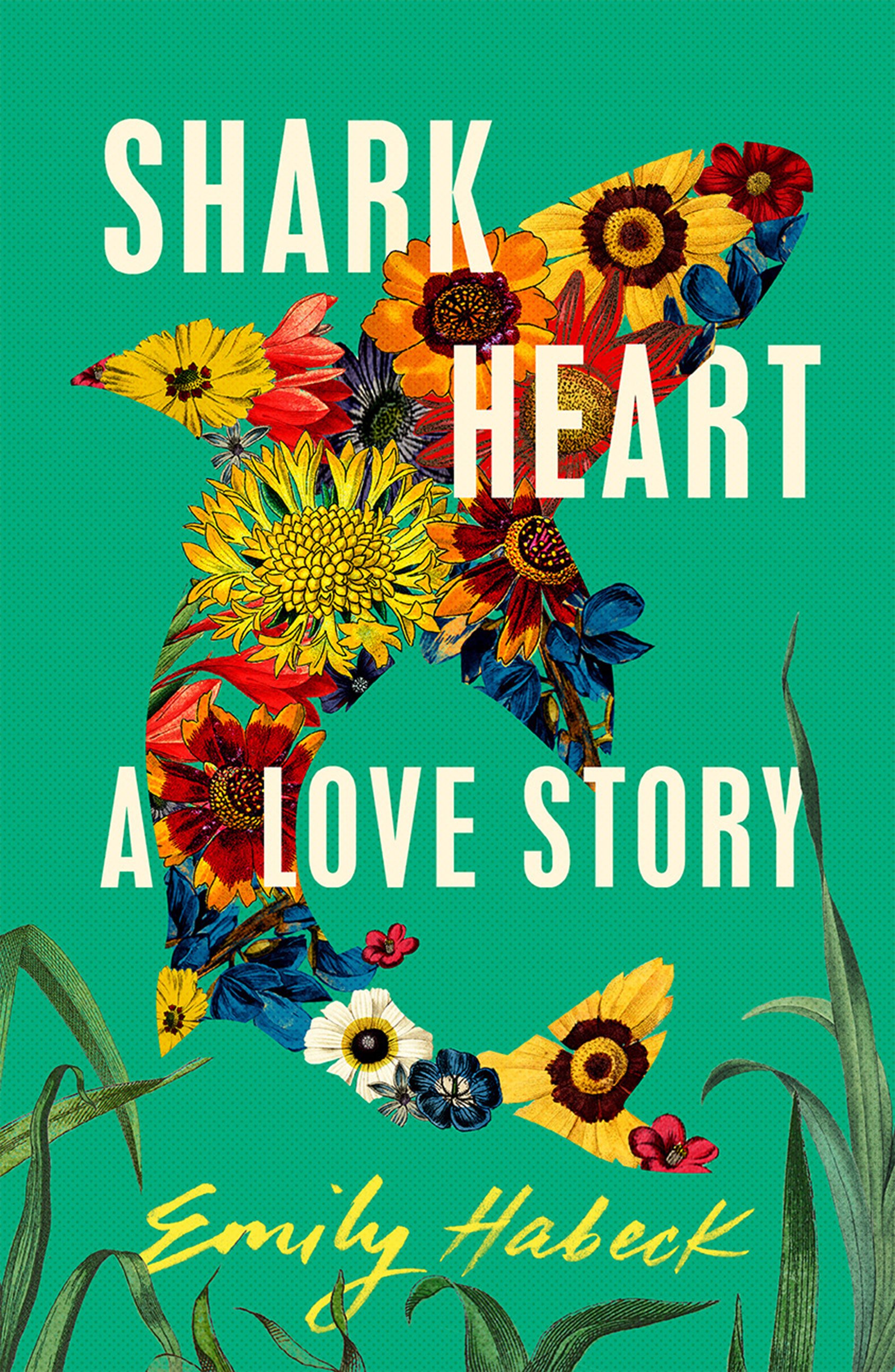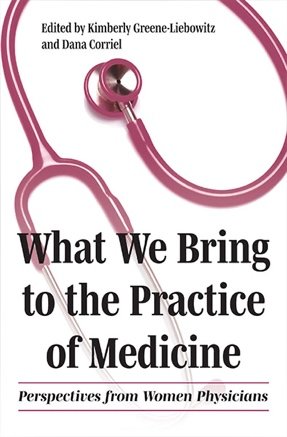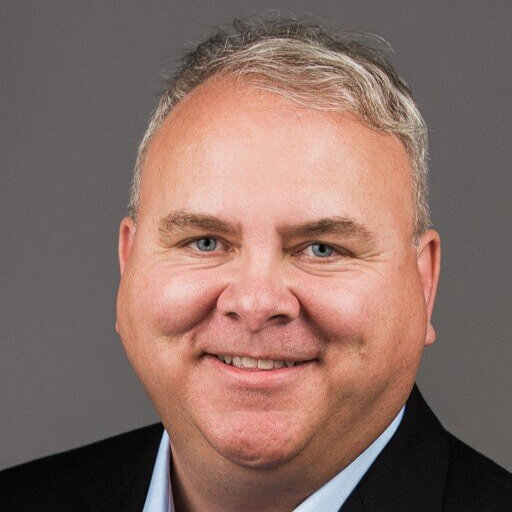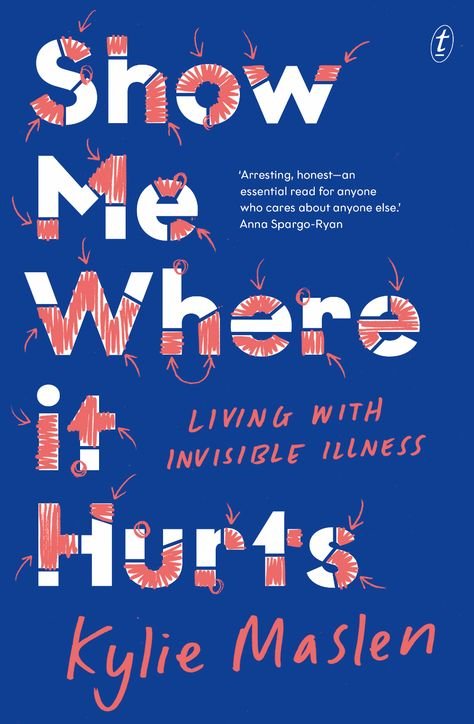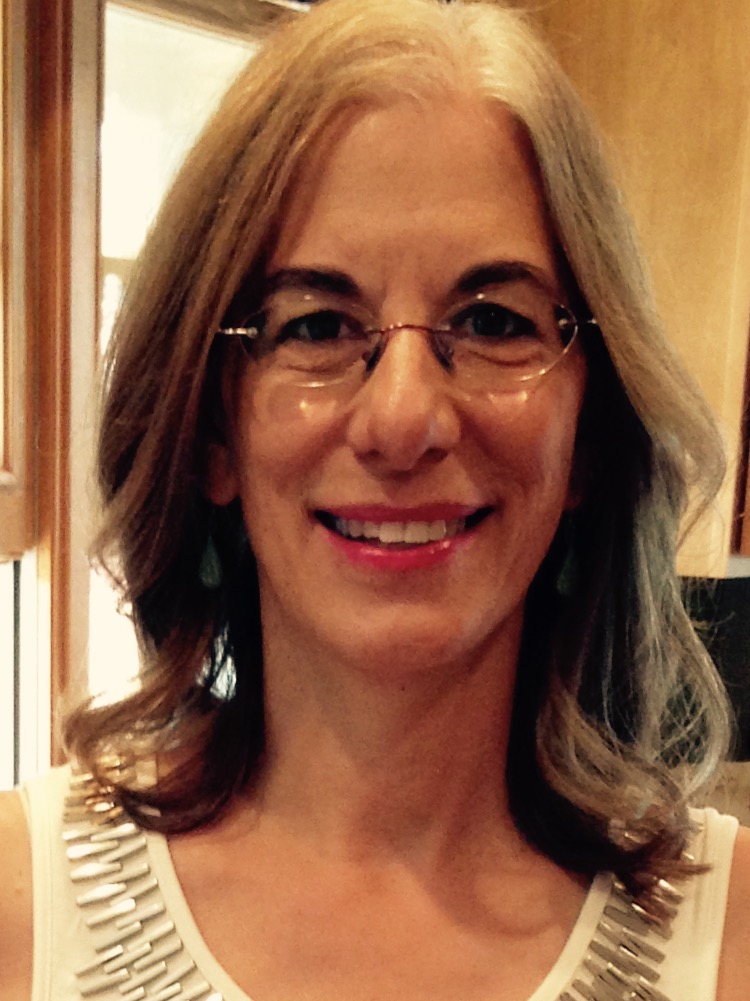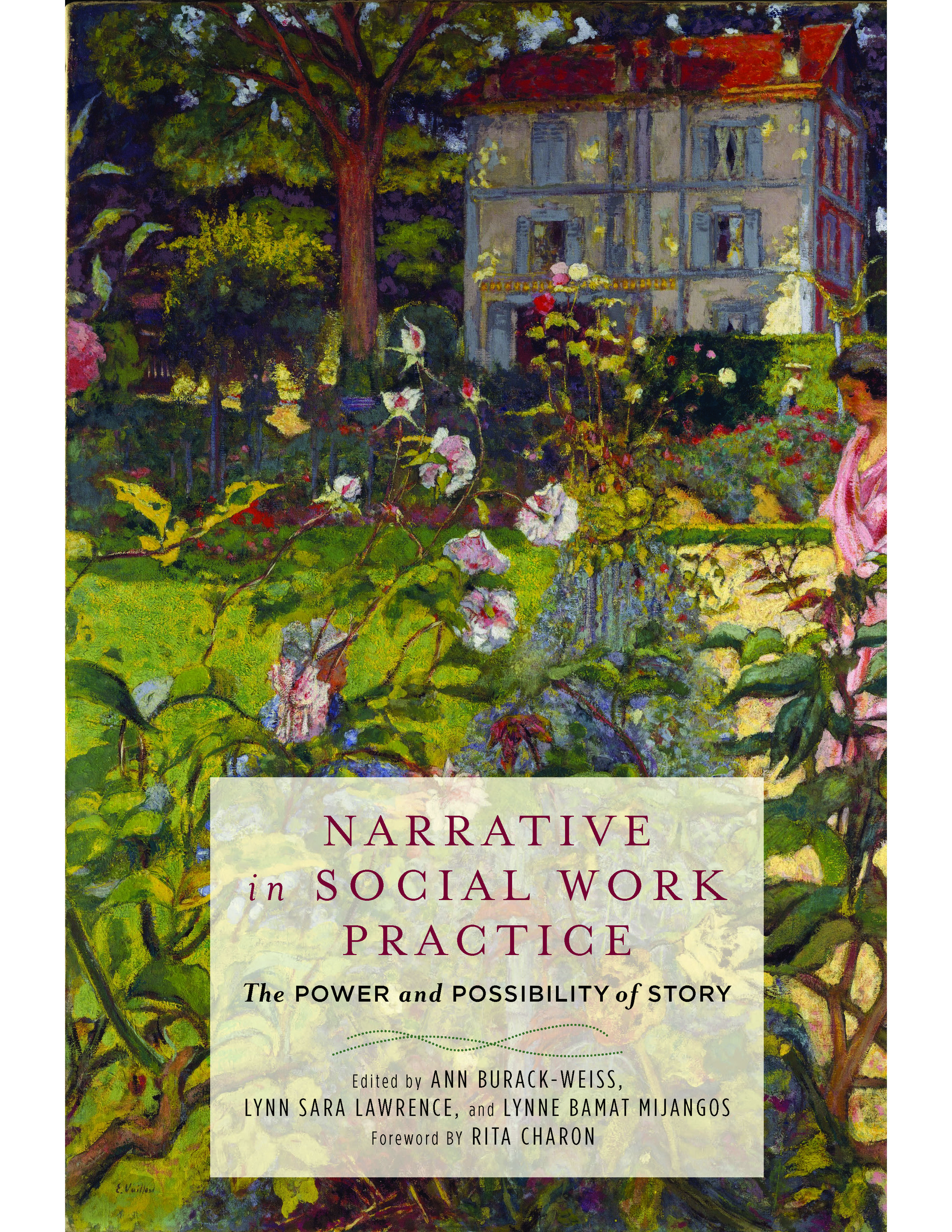“Stories are the way we human beings shape our worlds,” writes Sayantani DasGupta, MD MPH, in the article “Stories Matter: Narrative, Health and Social Justice.” In the piece, the author, educator and Intima contributor (Spring 2016 issue), elaborates on the ways that narrative is shaped by many factors, from the personal to the political. Narrative, she posits, can be life-changing: “In the face of illness or adversity, injustice or trauma, stories help bridge what theorist Arthur Frank has called ‘narrative wreckage’—the point at which one’s old life’s plot is no longer valid, and one needs a new plot with which to continue life’s journey.”
These words have a particular resonance right now in light of the #metoo movement, where long-silenced voices are being heard in narratives that support finding ways to balance sexual inequality. Curiously enough, the words are equally significant as a way to read “The Serpent’s Secret,” a remarkable and delightful new work of children’s fiction by Dr. DasGupta, just published by Scholastic as Book 1 of the new series Kiranmala and The Kingdom Beyond. How refreshing to find an electrifying social theorist like Dr. DasGupta who is also an entertaining prose stylist able to deliver an empowering novel for tweens. It’s a book that is multi-generational in the way the Harry Potter and Hunger Games series were—"The Serpent's Secret" also speaks to readers who finished middle school many red moons ago.
The book begins on the morning of New Jersey kid Kiranmala’s birthday, who in her own sassy voice introduces her story about a day when everything in her world radically changes:
The day my parents got swallowed by a rakkhosh and whisked away to another galactic dimension was a pretty crap-tastic day. The fact that it was actually my twelfth birthday made it all that much worse. Instead of cake or presents or a party, I spent the day kicking demon butt, traveling through time and space looking for my family, and basically saving New Jersey, our entire world, and everything beyond it. But I’m getting ahead of myself. I’ll tell you that part soon. First, let me back up a little.
As readers we are engaged by this smart, empowered narrator, who is alone, newly orphaned, yet tough—she already sounds like Ripley of Alien, one of the original female butt kickers in 1979 when the sci-fi thriller came out. We’re intrigued by words we do not know (what the heck is a ‘rakkhosh’?) and are drawn in by the promise of time travel and life-challenging adventures in other galaxies. In her own knowing way, young Kiranmala has given us the big-picture plot in the first paragraph, enticing us to come along with her to see what transpires.
Like many of the best books in children’s fiction, parents are dispensed with from the get go, here swallowed by a rakkosh—a “carnivorous, snot-trailing demon” who populates many of the Bengali folktales Dr. DasGupta was told as a child. In the first chapters, Kiranmala’s childhood home is also trashed by the demon with a black tongue who she calls “halitosis head.” That’s the overall dynamic and tone the author sets up: sword fighting amid the silliness, cleverness cancelling out the fearful chaos.
“The Serpent’s Secret” is aimed at young people who are at an age where childhood and adulthood begin to overlap, where the power of parents is displaced by the power of peers. Dr. DasGupta, a pediatrician and a mother, knows only too well the rough road of this developmental stage, when the plot of childhood branches off into new paths toward adulthood, and as a skillful writer, she’s able to bring to life the joys, confusion, real terror and pure happiness that emotional journey often takes in intriguing and amusing—not heavy-handed—ways. We are inside the young narrator’s head, seeing and judging events from her no-nonsense point of view. Her voice is compelling.
In Kiranmala’s quest to save her parents, she meets up with a cast of eccentric characters as amusing, complex and memorable as the flying monkeys, the Scarecrow, Tin Man, Good Witch and Bad Witch that Dorothy encounters in “The Wizard of Oz.” There’s Lal and Neel, two brother princes on winged horses who battle zombies and escort Kiranmala from Parsippany to the Kingdom Beyond Seven Oceans and Thirteen Rivers in search of her parents. There’s the magical pun-loving bird, Tuntani, whose corny jokes provide lighthearted moments and reflect the goofiness (“How do chickens get strong? Egg-ersize!”) tweens and teens love. There’s the intimidating green-eyed Sesha, the Serpent King, “guardian of the primordial ocean of divine nectar, keeper of time” and many others, each one an encounter for Kiranmala to confront and conquer to get to her goal.
Throughout the story, Kiranmala discovers dramatic truths about her origins as well as several revelations about life. There is the conflict between dark and light, a familiar theme in children’s and YA fiction from Grimms’ Fairy Tales to “A Series of Unfortunate Events” and “Twilight.” In “The Serpent’s Secret,” Kiranmala learns the difference between dark energy and dark matter, passes through tides of rubies in a peacock barge that reroutes her to the Demon Land (aka "The Blood-Thirsty State,") and battles a room of pythons to steal a jewel needed to read a shape-shifting map that will guide her to her parents. Those are just a few of the startling and original moments that keep the narrative taut and surprising throughout the novel’s 338 fast-paced pages.




